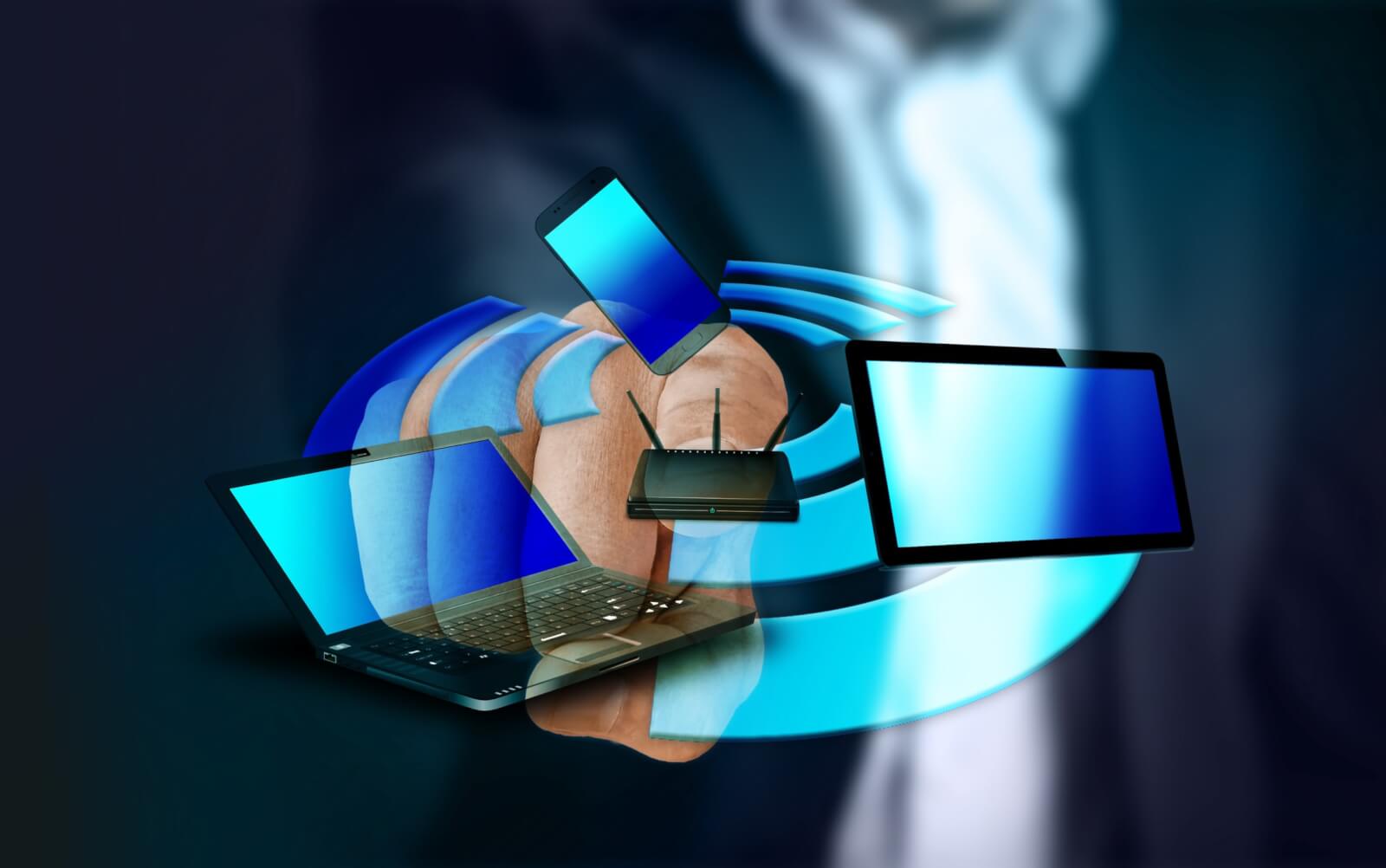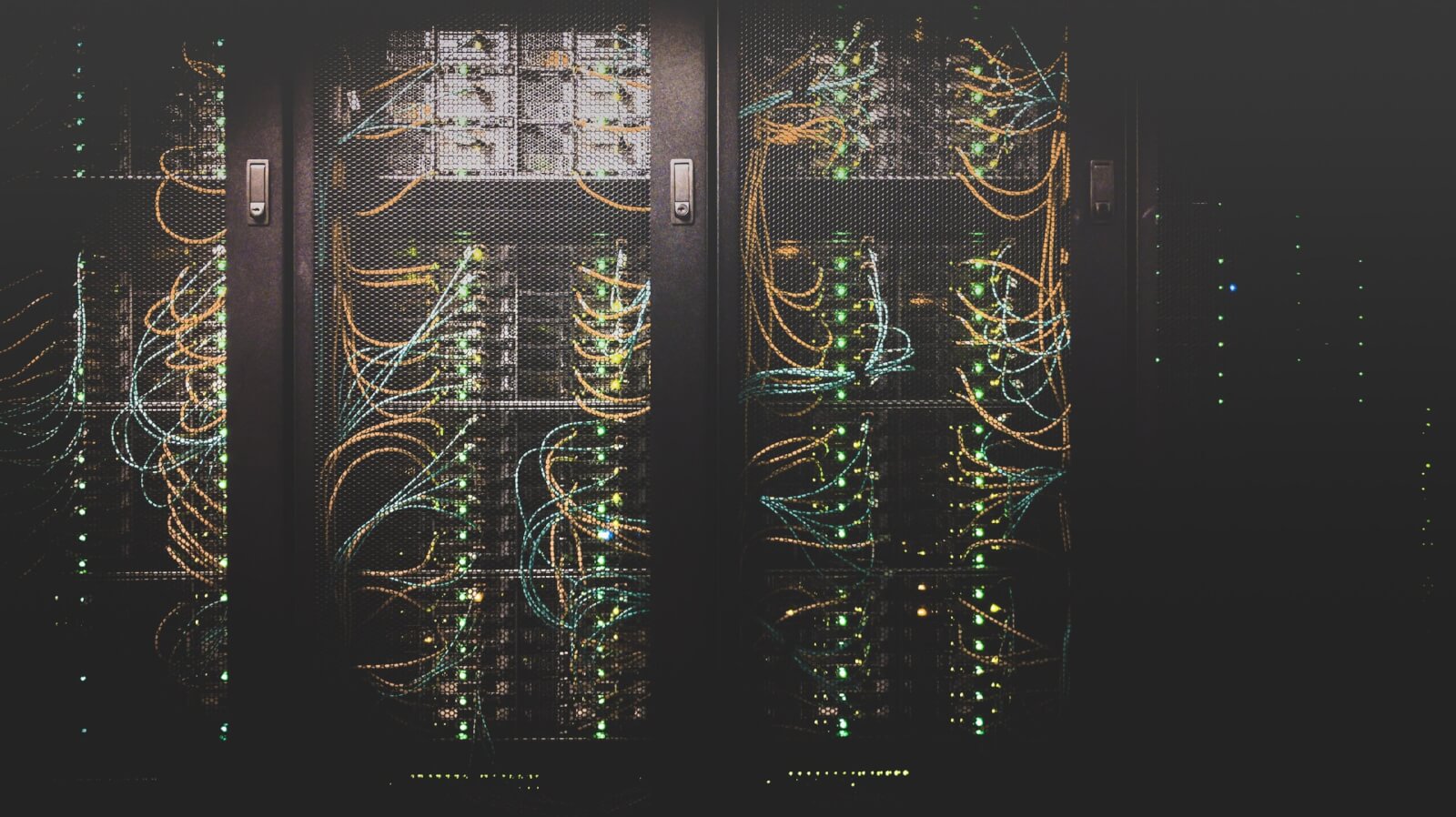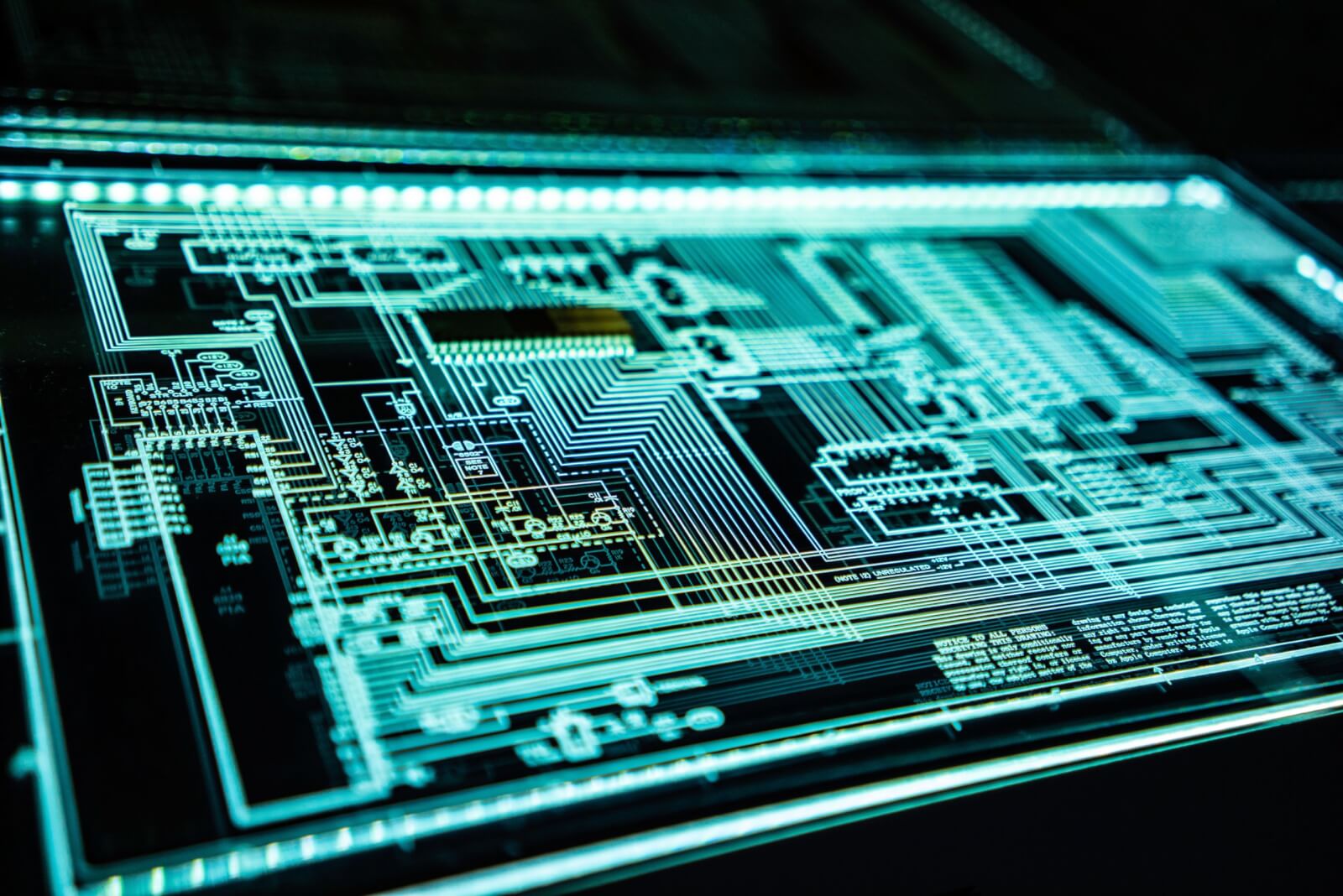
In 2019, we expect to see big growth in the fields of artificial intelligence (AI), smart healthcare, and financial technology. But perhaps no field will grow faster this year than the Internet of Things (IoT).
With major 5G roll-outs expected, improved data analytics, and increasing importance placed on cybersecurity, IoT development is sure to have a meteoric year.
5G Coming to a Telecom Near You
5G is already getting the general public excited for faster speeds. But enterprises will also benefit in unprecedented ways; for example, the role of field workers will evolve alongside the introduction of augmented reality (AR) and 5G.
Jeff Travers leads IoT Connectivity Management at Ericsson. Here’s how he sees the future: “Enabled by 5G and the speed with which data can travel through the air, AR will enable engineers-in-training to be able to have instant intelligence about a device on which they may be working just by pointing their tablet towards it. This will allow them to rely less on sheer experience and intuition but still be able to make informed decisions.”
5G will drastically improve computing times for various technologies like autonomous cars, drones, robotics, edge computing, and AI. In turn, it will directly benefit government services, manufacturing, and many other verticals.
Warren Chaisatien, Ericsson’s Global Director of IoT Customer Engagement Marketing, says telecom providers and operators will also largely change their business strategy and service offering: “Telecom providers will begin evolving into connectivity managers. Telecom operators will evolve from simply network providers to connectivity managers… Going forward, we will see many of them move to the next level, offering enterprises the ability to manage their field of connected devices, and not just connecting those devices, but managing their entire lifecycle.”
While 5G probably won’t be rolled out across every county in the U.S. during 2019, the smaller roll-outs are a great step to full infrastructure implementation. Because this will likely be a multi-year process, some industry experts, like Keith Pennachio, Executive Vice President at SQUAN, believe the tech giants will start jumping into the telecommunications business. “Funding from non-telco entities like Facebook, Apple, and Google, for example, will likely make its way into the telecom infrastructure sector,” says Pennachio.
Google has already announced its intention to build solar-powered drones to beam 5G Internet.
Expect Stronger Cybersecurity Mandates
Cybersecurity hasn’t been a topic of contention for long, but it’s no longer an invisible layer of technology. According to Pedro Abreu, CSO at ForeScout Technologies, as IoT adoption increases, “we will see not just an increase in the volume of malicious activity, but an increase in the severity and damages.”
It’s necessary to have a robust security system in place. Some experts even believe that cybersecurity is so integral that, if IoT innovation needs to be stifled to improve cybersecurity, so be it.
Hansang Bae, CTO at San Francisco-headquartered Riverbed Technologies, agrees with this sentiment. He thinks many large IoT security breaches will occur in 2019—and that some will be so damaging that they’ll “create a shift in attitude about IoT across the spectrum of end-users, developers and device manufacturers.”
Here’s how Bae envisions this change in priorities will happen: “First, there will be a wake-up call and the realization that there is no quick fix to the security breaches – only smart security investments and re-engineered devices. As developers begin to prioritize security over ease of access, we’ll see a slowdown in the development and adoption of IoT devices, which will ultimately lead to the long-term success of the technology.”
James Goepel, CEO at Fathom Cyber, believes that the governments on all levels will get involved this year. “I think we’re going to see many more states, and possibly the federal government, following California’s lead and creating legislation that imposes new cybersecurity-by-design requirements on IoT manufacturers. As IoT devices continue to proliferate, their security issues move from simple annoyance to national security-level issues. …. Legislators and regulators are starting to pay attention and will force the issue since the industry doesn’t seem to want to make security a priority.”
Jeremy Hitchcock, founder and CEO of Minim, agrees and adds, “I predict at least one country will block the sale of a brand of devices because of security concerns as IoT security breaches continue almost every day.”
While some may see this cybersecurity shake-up as an impediment to innovation, it will actually be a great business opportunity for IoT developers over the next few decades.
Connecting Data, Sensors, and Analytics
As IoT becomes more friendly to smaller business owners, Dave McCarthy says, “Businesses in many industries will be able to add IoT with a click of a button.” Before now, he says, “IoT has been most common across industry verticals with high-value assets, such as manufacturing and oil & gas… In 2019, we expect to see more standardization in the collection of data as well as how it is processed, which opens the door for retail and enterprise IT.”

And as data collection, storage, and analytics improve, automation can be implemented faster. But according to Clearbridge Mobile CTO Sanjay Malhotra, we already have more than enough data floating around. He says, “There is an overwhelming amount of data and traffic on the already teeming connected network, and as IoT grows, there will be a more significant push for data governance. By the end of 2019, it will be necessary to have tighter security at all endpoints, specifically to enforce protocols concerning the storage, use, and deletion of IoT implementations.”
With enough quality data, we can reduce cost, time, and effort for everyone involved in the supply chain. But much of the data quality relies on the quality of sensors in use. Derek Jose, co-founder of Flutura Decision Sciences and Analytics, says, “The better sensors get, the better the AI/IoT models become. Dedicated IoT sensor data ‘highways’ will form a backbone for industrial companies.”
Cloud, Edge, and Hybrid Computing
As more data gets generated and is required to make new decisions, edge computing will rise in importance out of necessity. In edge computing, a device can make the final computations itself so that it gets a faster analysis to apply immediately to the current situation. For example, autonomous cars will benefit greatly from edge computing as they’ll be able to make important driving decisions in milliseconds, rather than sending the data back to the cloud and waiting for a response.
And as companies adjust their computation strategies, they’ll take on a hybrid approach of using the cloud for bigger analyses and using edge computing for the end decisions.
Foghorn CTO Sastry Malladi says, “Hybrid- and multi-cloud solutions will dominate the industrial [IoT] deployments. As industrial organizations look to bring multi-cloud environments together to provide a more cost-effective approach and flexibility, it will be important for edge solutions to be cloud agnostic… Google, AWS, Microsoft, C3IoT, Uptake, and other leading cloud providers will establish more collaborative partnerships with edge computing companies.”

Regardless, edge computing will make itself known as the forefront runner of computation in 2019. Here’s how Alan Conby, CTO at Scale Computing, sees it: “45 percent of all data created by IoT devices will be stored, processed, analyzed and acted upon close to or at the edge of a network by 2020. In the process, edge computing will take on workloads that struggle on hosted cloud environments, passing the torch over to [human-computer interaction] platforms.”
According to Bill Peterson, VP of Industry Solutions at MapROverall, updating computation strategy stands to save organizations plenty in “time and money by processing and analyzing data at the edge versus moving it back to a core, storing it and applying traditional analytics… Cost drivers for this trend are bandwidth (semi-connected environments as well as expensive cellular) considerations and storage (reduce the amount of data sent to the cloud).”
By now, it’s easy to see that 2019 is going to be a jampacked year for IoT. What are you looking forward to most this year? A faster mobile connection, better shipping and tracking, fresher groceries at the supermarket? Let us know your thoughts on the future in the comments below.





